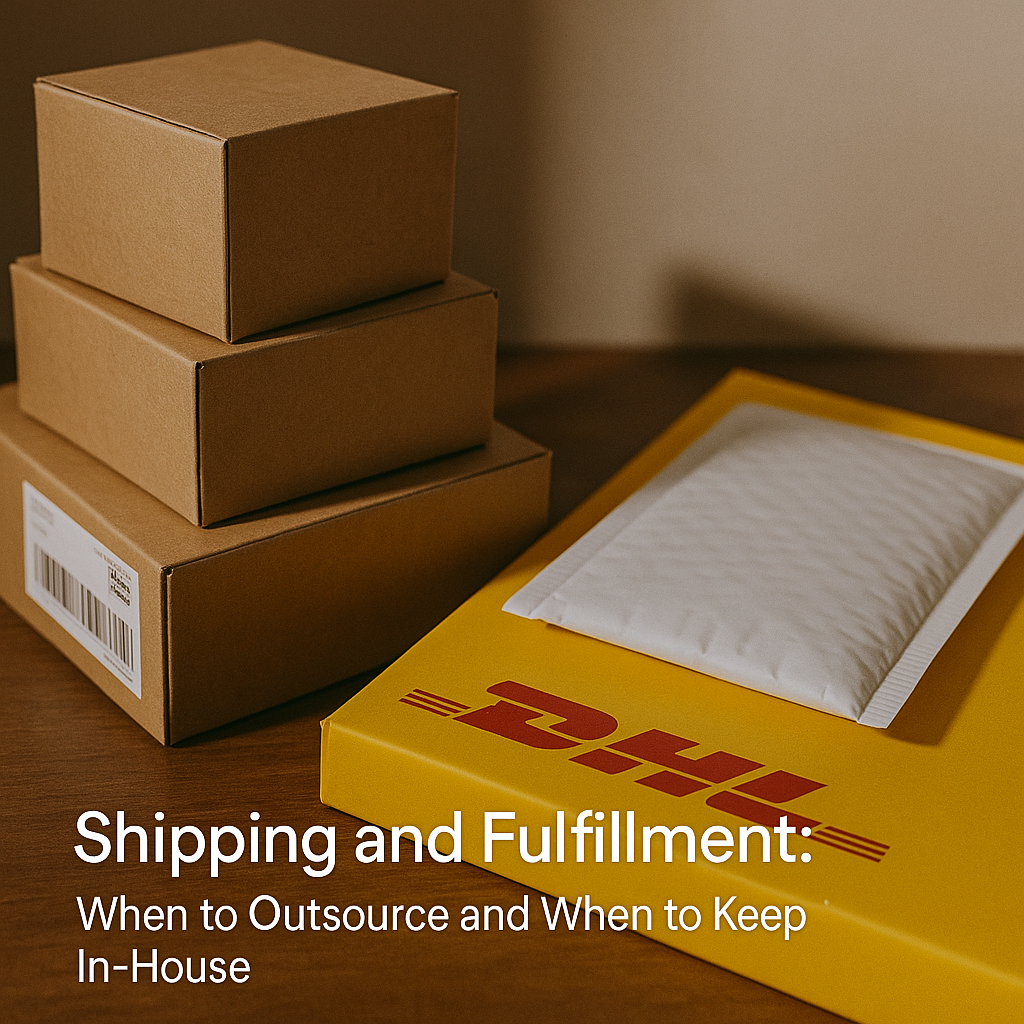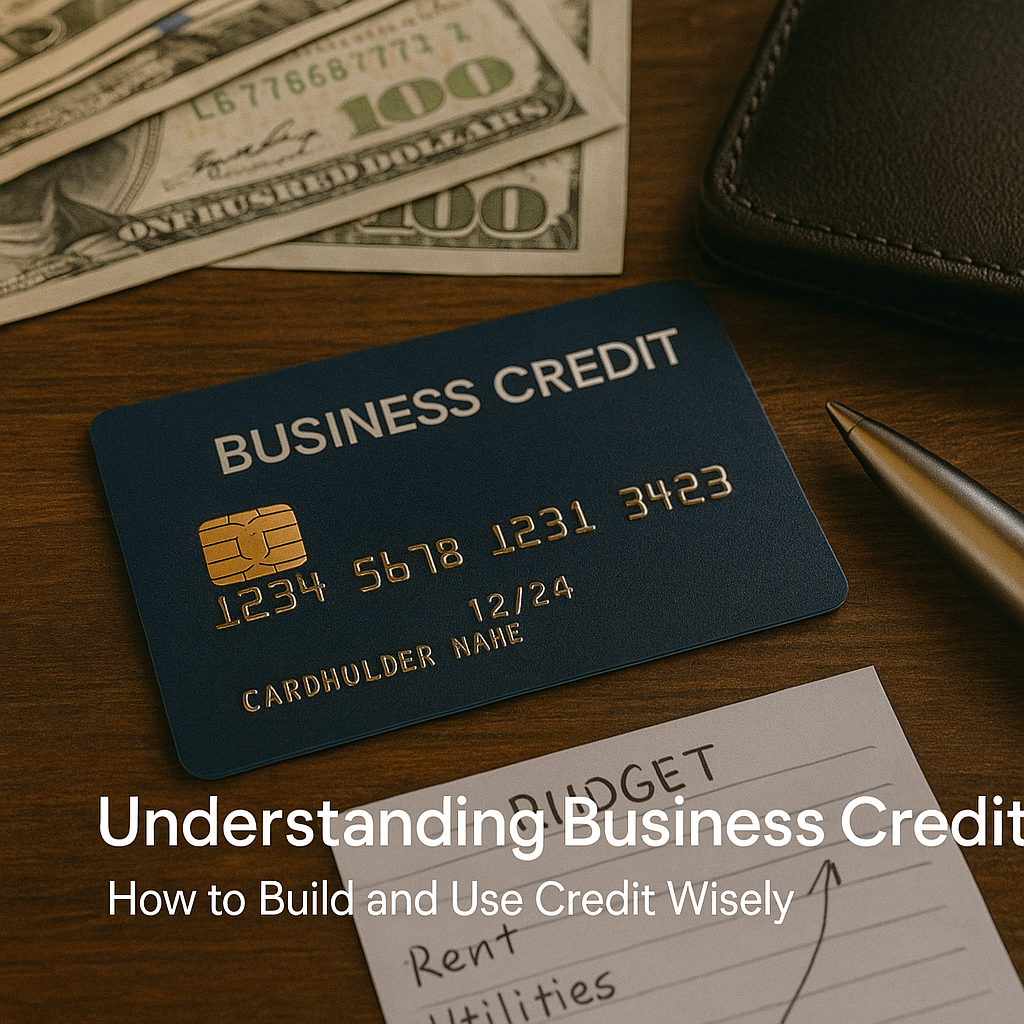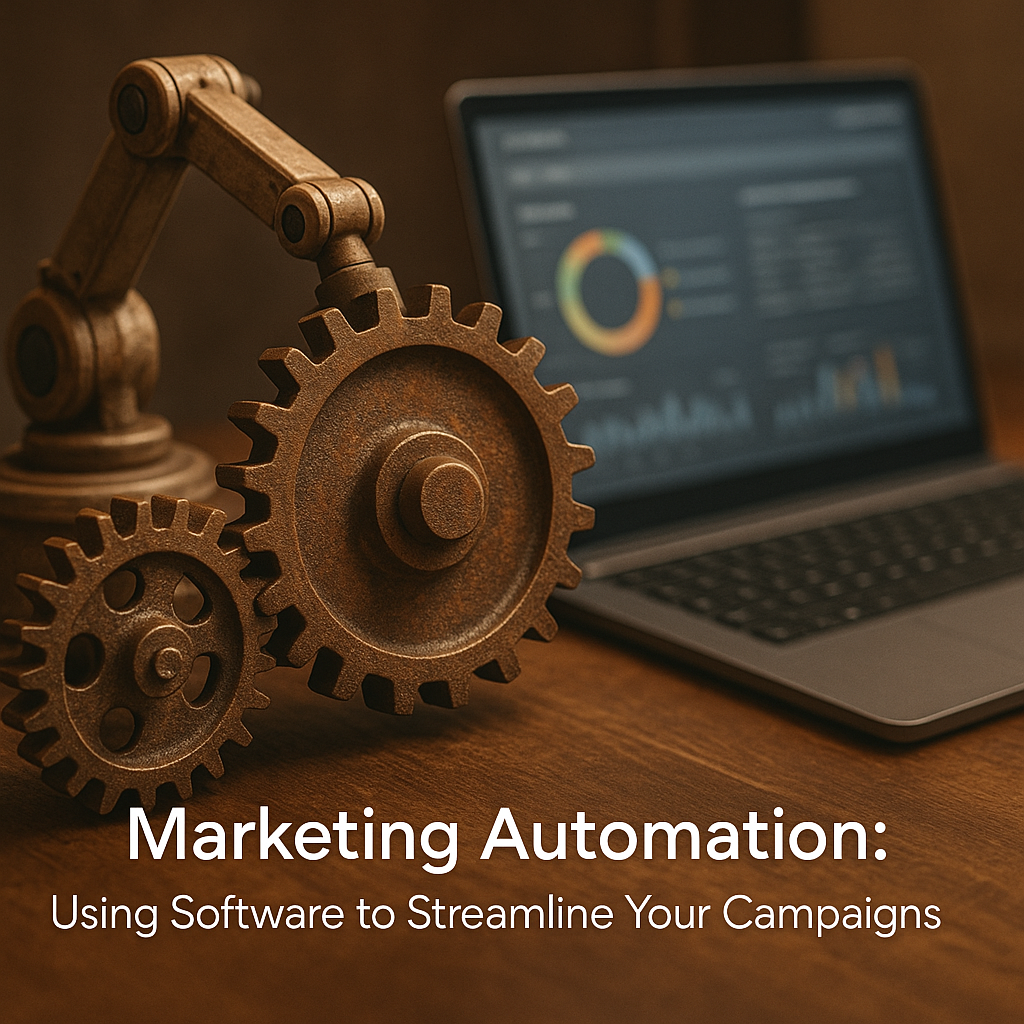In today’s fast-paced digital landscape, entrepreneurs and small business owners must cut through the noise to capture attention. Facebook offers an immense platform with endless opportunities, but success depends on connecting effectively with your target audience. This guide explores proven techniques and creative strategies for writing engaging Facebook ad copy that stands out, ensuring your next campaign delivers real results.
Understanding Your Audience and Message
Before you start writing, it’s crucial to identify who your audience is and what they need. Conduct thorough market research to uncover your customers’ common challenges and desires. This insight allows you to craft messages that resonate and motivate action. Whether your audience consists of young professionals, tech enthusiasts, or busy parents, your language and tone must speak directly to them.
Creating detailed buyer personas is an effective strategy. These profiles, which include demographics, interests, and behaviors, serve as blueprints for developing messages that truly connect. When you know your audience, choosing the right tone—whether casual, professional, or humorous—becomes much easier. Authentic content that addresses real customer needs always performs better.
For more in-depth strategies on connecting with your audience, explore additional marketing insights available on this resource.
Crafting a Compelling and Clear Message
One of the greatest challenges for entrepreneurs is developing a concise, engaging message that gets straight to the point. When writing Facebook ad copy, clarity is paramount. Start with a strong hook—a provoking question, an interesting statistic, or an irresistible offer—to instantly grab your audience’s attention. This crucial opening line sets the tone and builds anticipation.
After your hook, ensure that your message clearly communicates value. Answer your audience’s unspoken questions like, “What’s in it for me?” or “How will this product solve my problem?” By highlighting benefits rather than just features, you inspire engagement and prompt action. A conversational tone bridges the gap between your brand and potential customers, making your message feel relatable and genuine.
For example, instead of simply listing a feature like a “30-day money-back guarantee,” you might say, “Experience worry-free shopping—try our product risk-free for 30 days and see the difference yourself.” This storytelling approach creates an emotional connection, inviting customers to engage and learn more.
Optimizing Your Copy with Best Practices
Great Facebook ad copy is never one-size-fits-all. It requires continuous refinement and testing to achieve peak performance. A/B testing is a favorite strategy among digital marketers; by experimenting with different wordings, tones, and calls-to-action, you can identify which version best resonates with your audience. These insights help you create flexible templates that can be updated as trends evolve.
When applying Facebook ad copy best practices, remember these key elements:
- Headline: Capture attention immediately with an intriguing and relevant headline.
- Value Proposition: Clearly state the benefits of your product or service so that the value is instantly apparent.
- Call-to-Action (CTA): Include a compelling CTA such as “Learn More,” “Sign Up,” or “Shop Now” to guide the next step.
Small details like word choice and sentence structure can greatly influence engagement. Keep your sentences short, avoid jargon, and use a positive tone that exudes optimism and empowerment. This approach gently encourages prospects to take the desired action.
For further insights on ad copy that drives conversions, explore practical advice from industry leaders on Forbes.
Fine-Tuning and Measuring Impact
Effective ad copy doesn’t end at the “publish” button. The next step is to monitor performance and adjust as needed. Utilize Facebook’s analytics tools and other third-party platforms to assess which messages deliver results and which require tweaks.
Begin by setting clear performance metrics. Click-through rates, conversion rates, and engagement statistics provide valuable insights into your ads’ effectiveness. If an ad isn’t performing as expected, consider refining the language or emphasizing more compelling benefits. An iterative approach—experimenting with different headlines and CTAs—helps you strike the perfect balance between information and personality.
Qualitative feedback is just as important as quantitative data. Surveys and feedback forms can reveal how your messages are perceived, while a quick website poll might uncover surprising insights. Combining hard data with direct customer feedback typically results in the most robust strategies.
Regularly review your campaigns and stay updated on industry trends. Digital marketing is constantly evolving, and today’s best practices may need adjustment in a few months. Continuous learning and optimization are crucial for staying ahead of the competition.
For ongoing inspiration and innovative ideas, explore platforms offering small business marketing insights.
Following these steps and understanding the rationale behind each best practice will empower you to craft Facebook ads that not only capture attention but also drive measurable results. Think of your ad copy as a dialogue with potential customers—each word should invite them to join the conversation.
Whether launching a new product or promoting a seasonal offer, mastering how to write engaging Facebook ad copy is essential. By setting clear objectives, tailoring messages for your audience, and continually refining your approach, you can develop ads that leave a lasting impact. Remember, effective ad copy isn’t just about selling a product; it’s about telling a story that draws your audience in.
In a world awash with social media ads, standing out requires creativity, precision, and a commitment to learning. Implement these strategies to discover what resonates with your audience, and be prepared to adjust your approach based on feedback and performance. With each campaign, you’ll move closer to mastering persuasive, engaging communication that fuels business growth.
- Understand your audience through detailed research and buyer personas.
- Craft a clear, benefit-driven message that begins with a strong hook.
- Utilize A/B testing and analytics to continuously optimize your Facebook ad copy.
- Stay current on industry trends and leverage both internal and external insights for ongoing improvement.









